In the Era of New Energy, Why Have German B-Class Cars Outperformed Japanese Rivals?
![]() 04/07 2025
04/07 2025
![]() 544
544
There once was a prevalent saying in the automotive industry: "Whoever dominates the B-class car market wins the world." Indeed, B-class cars hold a pivotal position, not only carrying the burden of volume sales but also embodying the brand image to a significant degree. Consequently, this segment has become a fiercely contested territory for major automakers. However, with the rise and impact of new energy vehicles (NEVs), the traditional joint venture B-class car market has undergone significant turmoil, witnessing a decline in sales for most models, with some even fading from public view.
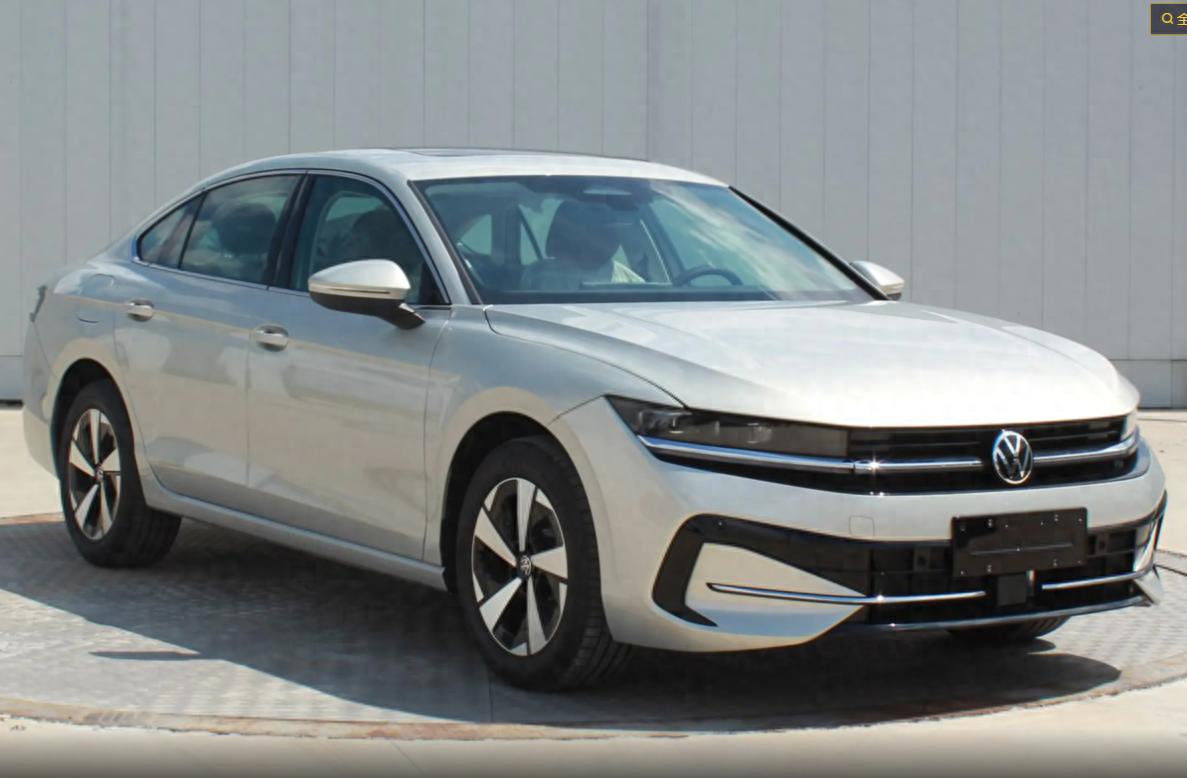
Interestingly, a clear distinction has emerged in the rivalry between German and Japanese B-class cars in the joint venture market. German B-class cars, fueled by the robust sales of the Passat and Magotan, have left behind the Japanese trio comprising the Camry, Accord, and Altima. According to 2025 sales data, the combined sales of the Passat and Magotan surpassed those of the Camry, Accord, and Altima by a margin of 10,000 units. Only when the Japanese camp includes the Asia Dragon and Inspire can it be considered to maintain stable sales over the German counterparts. If this trend persists, Japanese B-class cars may face an uphill battle in competing with their German rivals in the future.
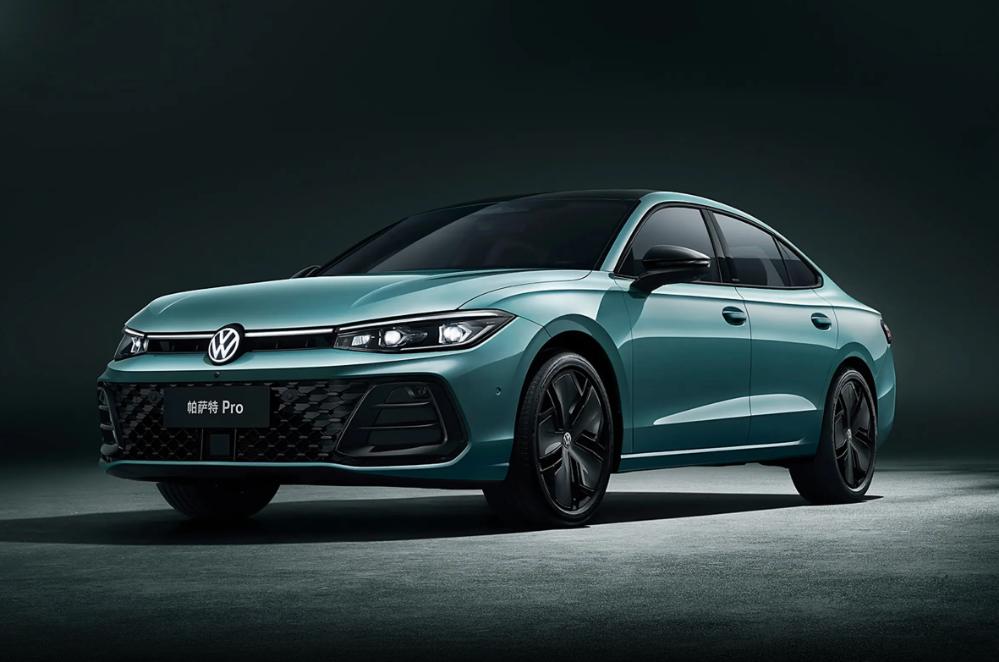

Just five years ago, in 2020, the sales of the Accord and Camry alone far outstripped those of the Passat and Magotan, without the need for Altima's support. This raises the question: why have Japanese B-class cars gradually been overtaken by their German counterparts over the past five years, and why is the gap widening?
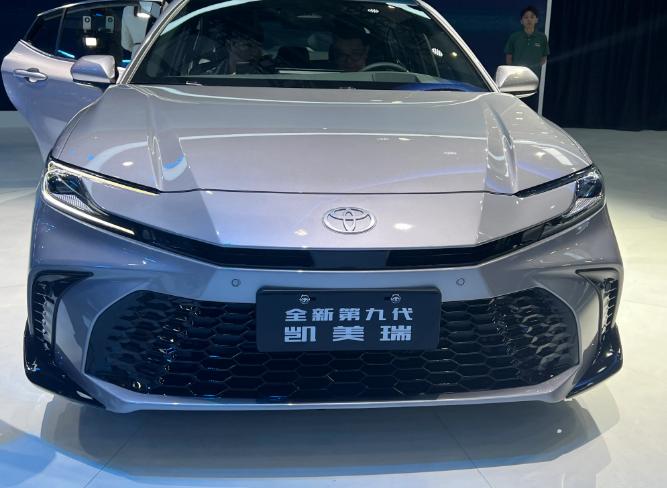
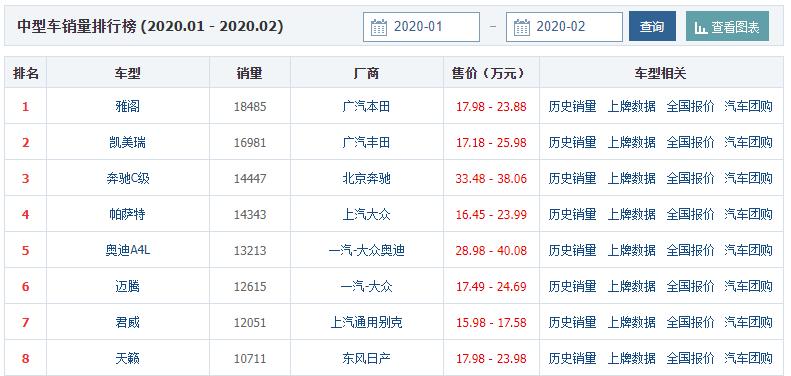
B-class car sales ranking from January to February 2020
From the current automotive landscape, the gradual weakening of Japanese B-class cars can primarily be attributed to the rise of NEVs. Over the past two decades, Japanese cars have dominated the market due to their reputation for fuel efficiency and durability. Models like the Camry, Accord, and Altima have gained widespread market recognition despite not being superior in design and technological configuration. Strong word-of-mouth has played a crucial role. In other words, Japanese car owners may be more sensitive to the price factor of car maintenance. However, in the transition to NEVs, the fuel efficiency advantage of Japanese cars is gradually diminishing.
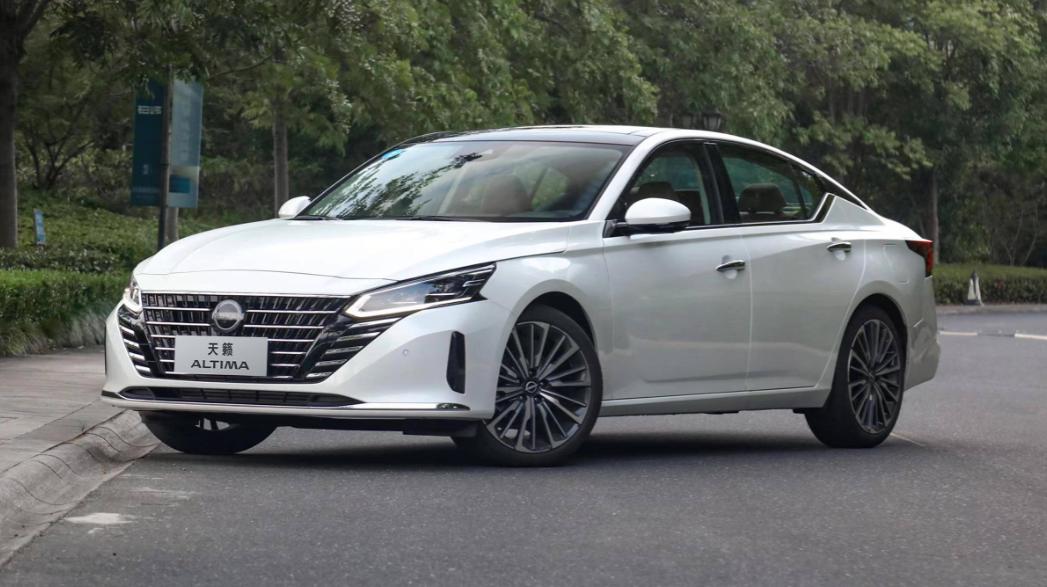
On one hand, the fuel consumption control of mainstream fuel vehicles on the market has reached a commendable level. Among fuel vehicles of the same class, Japanese cars do not consume significantly less fuel. On the other hand, in comparison to plug-in hybrid or even pure electric vehicles, the fuel efficiency of Japanese cars becomes negligible, and their emphasis on oil-electric hybrid technology is gradually losing its edge. Additionally, owners who once invested nearly 300,000 yuan in Japanese hybrid cars now face the need to replace their power batteries, negating the fuel savings they meticulously calculated due to batteries just passing their warranty period.
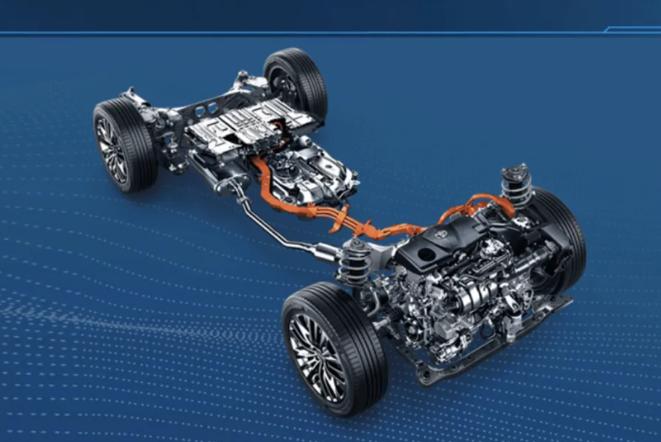
Furthermore, the model replacements of the Camry and Accord have fallen short of expectations. Consumer evaluations of the new-generation Camry and Accord are not as favorable as those of their predecessors, leading to a decline in sales for both models and affecting the overall performance of Japanese B-class cars.
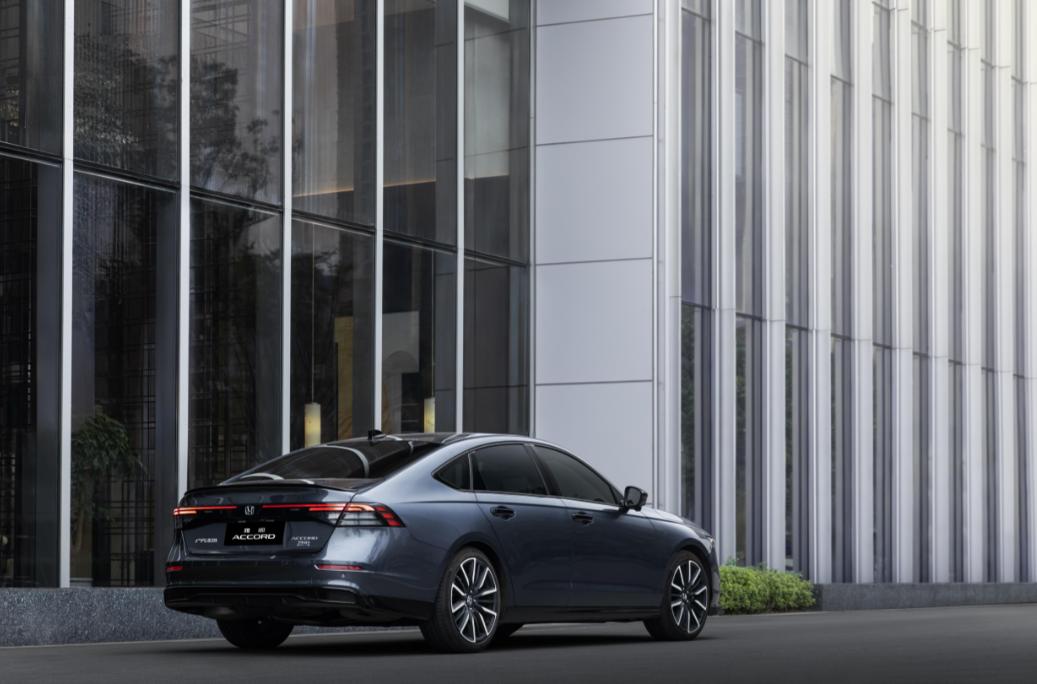
In contrast, German B-class cars have demonstrated more stable performance. This is primarily due to significant improvements in the long-standing issues with oil and transmission in the Passat and Magotan, addressing the shortcomings of the entire vehicle. Moreover, compared to Japanese car owners, Passat and Magotan owners place higher demands on driving quality and product image than on fuel consumption. Under the substantial impact of NEVs, the selling points of German cars have not been usurped by NEVs of the same class.

From a geographical perspective, the consumer base for the Passat and Magotan is more concentrated in northern regions. Compared to southern regions, the prevalence of NEVs in the north is not as strong, making German B-class cars a primary choice for many individuals when upgrading their vehicles. Conversely, southern regions boast a higher ownership of NEVs, exerting a greater impact on Japanese B-class cars.
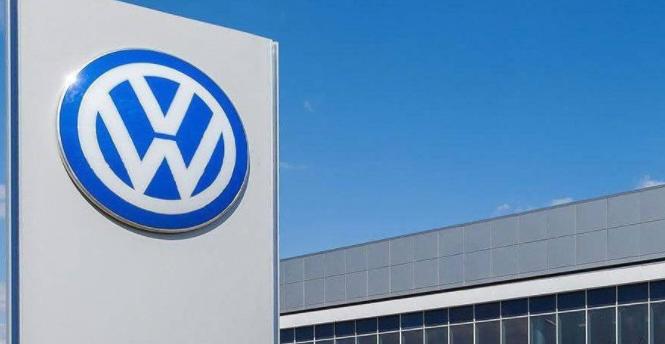
Final Thoughts
Currently, the penetration rate of NEVs in China has surpassed 50%, significantly encroaching on the market space of joint venture fuel vehicles. Against this backdrop, French and American cars are fading in the B-class car market. How German and Japanese cars can survive in this limited market space tests the capabilities and strategic acumen of major joint venture manufacturers. As the scales of victory gradually tip towards German cars, how can Japanese cars mount a counterattack to halt their decline? What are your thoughts on this market battle? Welcome to follow 'Car Territory Without Borders' and share your views in the comments section!







